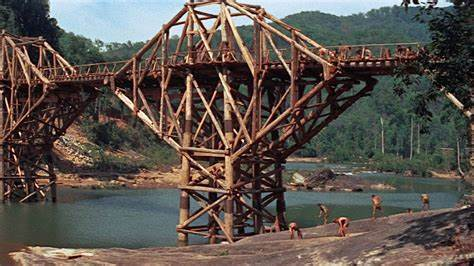Stanley Benjamin Littlejohns - Charles Shoemake - John Reginald Watts
The Narrow Road To The Deep North, a book written by
Richard Flanagan. The story tells the
story of an Australian doctor haunted by memories of a love affair with his
uncle's wife and of his subsequent experiences as a Far East prisoner of war during
the construction of the Burma Railway. Decades later, he finds his growing
celebrity at odds with his feelings of failure and guilt.The Narrow Road To The Deep North
Richard Flanagan
The story is to be shown on the BBC later in the year
 |
| Siam–Burma Railway |
Three men from Swansea, who lost their lives due to the
construction of the Railway, are buried at Kanchanaburi War Cemetery.
Stanley Benjamin Littlejohns
 |
| Stanley Benjamin Littlejohns |
At the time of the 1921 census, the Littlejohn family was
living at Fairwood House, Killay.
 |
| 1921 Census |
Joshua, 35, who was born in Clovelly, Devon, was a Haulage
Contractor. Ellen was 33 years old. Their children present at the time of the
census were.
Annie, 9; Thomas John, 7; Ben Stanley, 6; Kenneth, 5, who
all attended school, and 3-year-old Gladys.
Also employed by the family were two servants, William
O’Callaghan, 20, and 23-year-old Arthur Langman.
 |
| Herald of Wales |
 |
| 1939 Register |
Stanley, who served with the Royal Army Service Corps, 53 Infantry Brigade Group Company, was ranked Driver.
 |
| Japanese Index Cards of Allied Prisoners and Internees |
 |
| World War II Allied Prisoners of War 1939-1945 |
On 7th of June 1943, Stanley died from Beriberi.
Charles Shoemake
 |
| Charles Shoemake |
The only official record is the 1939 Register, Charles and
his parents are living at 4 Cwm Terrace.
Charles’ occupation is recorded as Railway Page.
 |
| 1939 Register |
Charles enlisted with the Royal Air Force Volunteer Reserve
and was ranked Leading Aircraftman.
Taken prisoner on the 8th of March 1942, when
Java fell. Now a Prisoner of War,
Charles worked on the Siam–Burma Railway and died on the 3rd of July
1943, at a POW Camp, Hintok.
John Reginald Watts
 |
| John Reginald Watts |
The Watts family was living at 20 Eversley Road at the time
of the 1921 Census.
 |
| 1921 Census |
39-year-old Reginald was employed by Swansea Corporation as
a Municipal Clerk. Gwendoline was 38
years old. Their three children were
John, 9, and Arthur Lyndon, 7, both attended school, whilst the
youngest son was 1-month-old Raymond Price.
In December 1935, John married Gladys Mabel Bancroft at St. Paul's church, Sketty.
John Reginald Watts and Gladys Mabel Bancroft
marriage certificate
St. Paul's church, Sketty
 |
| South Wales Daily Post |
Enlisting in 1939, John served with the Royal Artillery, 125
Anti-Tank Regiment ranked Captain. John saw action in France and was one of the last to leave the beaches
of Dunkirk.
 |
| Japanese Index Cards of Allied Prisoners and Internees |
 |
| Herald of Wales |
Captured in February 1945, John worked on the Siam–Burma
Railway. Having survived the trials and
the hardship of the Railway, John died at a hospital near Bangkok, 25 February
1945. His death was reported in the Herald
of Wales.
 |
| Stanley Benjamin Littlejohns Kanchanaburi War Cemetery credit - findagrave |
 |
| Charles Shoemake Kanchanaburi War Cemetery credit - findagrave |
 |
| John Reginald Watts Kanchanaburi War Cemetery credit - findagrave |




Comments
Post a Comment